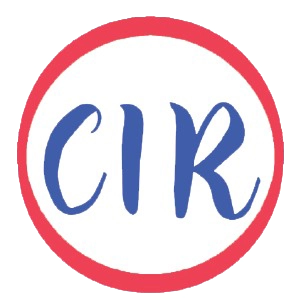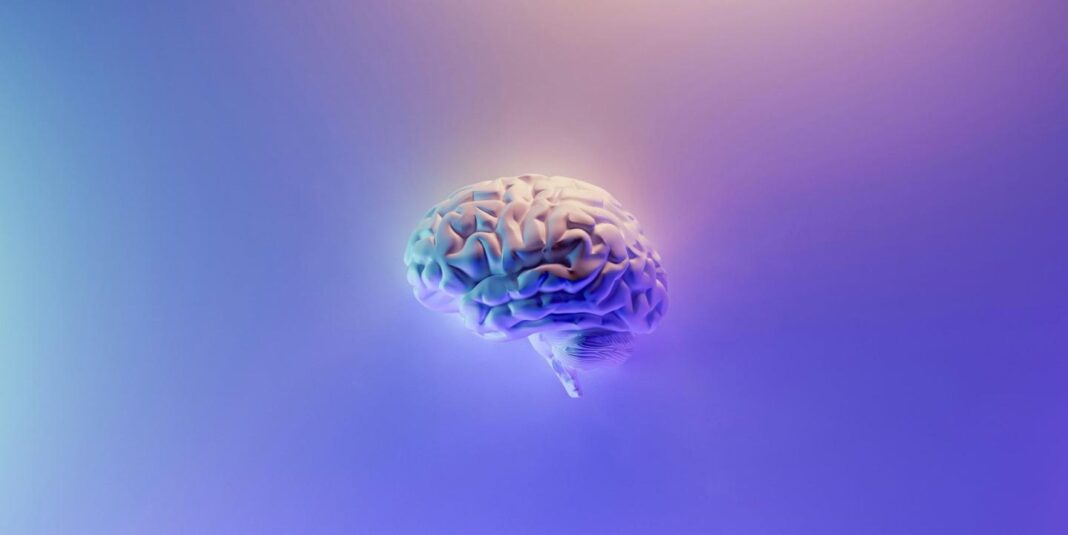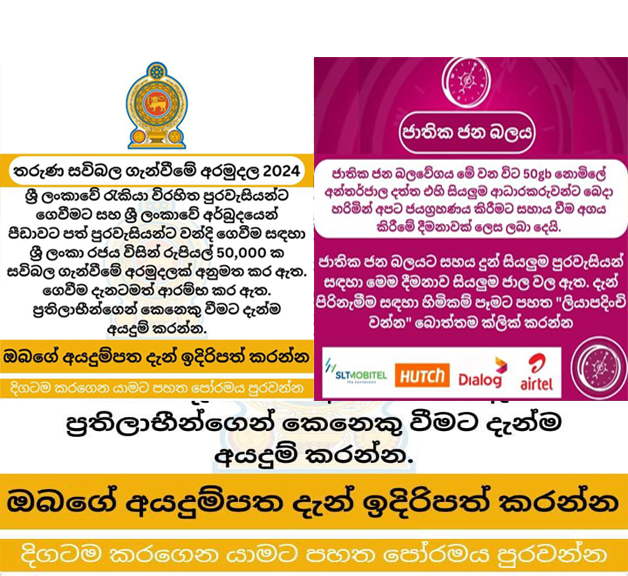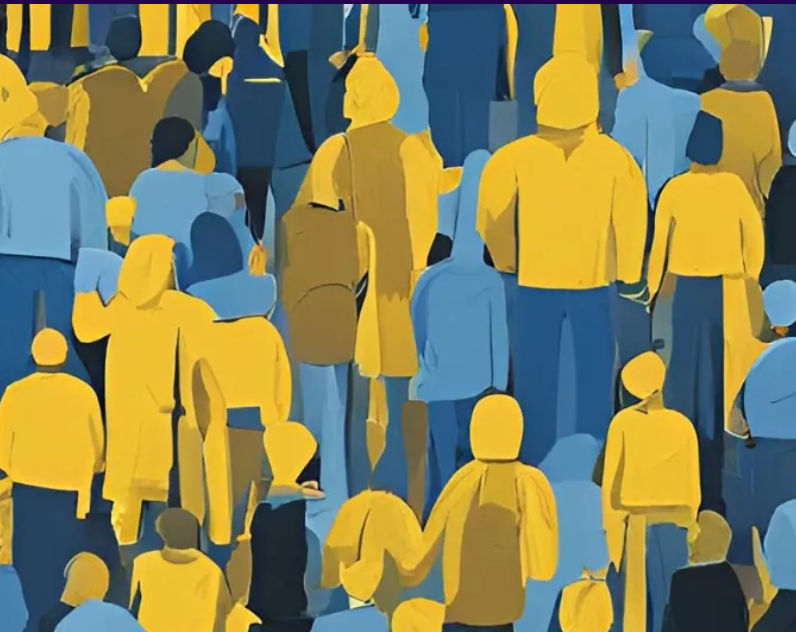by Beryn Orera
Oct 17, 2024 in Specialized Topics
During the COVID-19 pandemic, media labels such as “Wuhan virus,” “China virus” and “Chinese virus” to refer to SARS-CoV-2, the virus that causes COVID-19, fueled the stigmatization of people of Asian descent around the world.
The stigmatization of Asian people during the pandemic is an example of unconscious, or implicit, bias – the unconscious act of discriminating and stereotyping based on gender, sexual orientation, ethnicity, ability, age and other identity traits.
Media professionals, influenced by their own or societal prejudices, can perpetuate these biases through their choice of words, images, interview subjects, stories and sequencing of events in news coverage, ultimately shaping public perception.
To address our unconscious biases as journalists, we need to understand them first. Here’s what journalists need to know, and how they can address their own biases:
[Read more: How journalists can combat AI bias]
Types of unconscious bias
Confirmation bias
Confirmation bias refers to our tendency to seek and interpret information in a way that validates our preexisting beliefs.
For example, in 2011, WBBM-TV, a television station in Chicago, interviewed a four-year-old Black boy after a drive-by shooting. “When asked if he would stay away from guns, he replied he would get one in the future because he aspired to become a police officer. The part about his aspirations was not aired, reinforcing the stereotype that African-American males are violent. WBBM-TV later apologized,” said Howard Ross, author of Reinventing Diversity, Everyday Bias and Our Search for Belonging.
In the newscast, stereotypes about Black males served as the basis for judging the boy who said he wanted a gun. By omitting his aspiration to become a policeman, the station reinforced existing biases.
Algorithms also contribute to confirmation bias. Journalists using platforms like Google, which relies on algorithms to provide personalized results based on factors such as past searches and location, can receive different results for the same query. The tendency to connect with people like us and follow accounts that align with our interests on social media can further reinforce our biases.
Closely related to confirmation bias is anchoring bias – our tendency to rely too heavily on the first piece of information we receive.
Bandwagon effect
Bandwagoning occurs when journalists cover a story because others are doing so, rather than based on its newsworthiness or factual accuracy.
A prominent example is the Pizzagate conspiracy theory. In November 2016, WikiLeaks published the emails of Hillary Clinton’s campaign chair, John Podesta. Right-wing journalists and other internet users propagated a false narrative on social media claiming that the emails contained coded messages that linked several Democratic Party officials and U.S. restaurants, including Comet Ping Pong pizzeria in Washington, D.C., to a human trafficking and child sex ring.
Influenced by these claims, a man visited Comet Ping Pong and fired shots as he tried to “self-investigate.” No evidence of the alleged crimes was ever found and, fortunately, no one was harmed.
Internalized oppression
Internalized oppression occurs when people internalize prejudices about their identity. They may self-sabotage as a result, such as by subconsciously excluding themselves or others in their identity group from opportunities.
“For example, a wheelchair user might talk themselves out of applying for promotion to a television host position, despite their qualifications. They might also downplay their need for accommodations, such as accessible studio setups, fearing it could be seen as a weakness,” said Dr. Hamira Riaz, a chartered clinical and coaching psychologist based in the U.K.
Other types of bias include but are not limited to: affinity bias, or the preference for people similar to ourselves; ageism, or stereotyping based on age; and negativity bias, or the tendency to pay more attention to negative news.
[Read more: 8 solutions for mitigating gender bias in GenAI-assisted news]
How to identify unconscious bias
Educate yourself on implicit biases and reflect on your own
Everyone has biases. Understanding that unconscious biases exist and assessing the ones you hold can help you manage them effectively while working on an assignment.
Take the Implicit Association Test (IAT)
Harvard University’s IAT test is an online tool that measures the strength of associations a person might have between identity traits (like Black or gay), evaluations (like good or bad) or stereotypes (like athletic or clumsy). Combining the IAT with other methods below can help identify unconscious biases you may have.
Pay attention to external influences
Subtle cues, or behavioral nudges, can influence you to be biased when covering a story.
“For example, if your editor has a particular point of view and you are interviewing someone [for that story], that might affect you as much as if you held that point of view. Similarly, knowing that your readers have a particular perspective might influence your reporting,” Ross said.
Look for patterns in your behavior
It can be challenging to immediately recognize your unconscious biases. Observing repetitive behavioral patterns can provide insights.
“If you have written 10 articles and in nine of them you present a particular point of view, that could indicate a bias. You can put some of your work in an artificial intelligence (AI) tool and ask it to look for patterns in your writing that reveal biases in how you approach things,” said Ross.
How to tackle unconscious bias
Rethink your assumptions
Our brains process huge amounts of information. To save time and energy during interactions, our brains often take shortcuts by perceiving people similar to us positively and those who are different negatively (affinity bias). Furthermore, a negative encounter with someone from a particular identity group can lead people to develop stereotypes about the entire group.
“If we don’t analyze our thoughts and become aware of the potential for inaccuracies, this can lead to false judgments, disruptions to our relationships, macroaggressions and overt discrimination,” said Danya Braunstein, a media psychologist at Connected Psychology.
Seek diverse perspectives
Surrounding yourself with similar people or following accounts online that are only aligned with your interests can create echo chambers. To counter this, seek a diversity of perspectives.
“Gaining greater exposure to a range of different persons within your personal life can assist with dismantling generalizations and attitudes you may hold about a group of people. Additionally, include a variety of backgrounds, cultures and experiences in media narratives,” Braunstein noted.
You can also train algorithms to provide a diversity of perspectives in your search results or news feed by actively seeking content that promotes differing viewpoints, said Ross.
Research and seek feedback
The urgency to make quick decisions can lead to biased conclusions based on limited information. Slowing down, when possible, can help counteract this.
“Wherever possible, take time in researching, writing and creating stories. Ask other people, such as editors, for feedback about what might be missing or incorrect before publishing or broadcasting,” advised Braunstein.
Choose your words carefully
Consider the implications of your word choices, as well as the associations and meanings that others may interpret. For example, terms like “anti-aging” are popular, but may imply that aging is a negative condition.
Know that some words that were once benign may no longer be considered so, too. “Language changes over time and with it, social norms about what we consider to be acceptable when referring to other people,” Braunstein said.
While biases are inevitable, by following steps like these, media professionals can work to understand and tackle their own to better deliver factual, accurate and reliable information that is meaningful and useful for their audiences.
Photo by Milad Fakurian on Unsplash.
Original link – https://ijnet.org/en/story/how-journalists-can-identify-and-tackle-unconscious-bias




